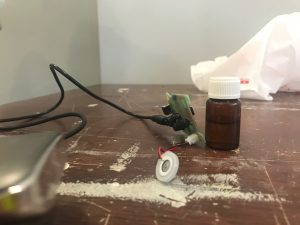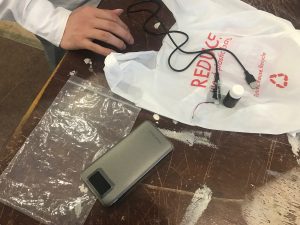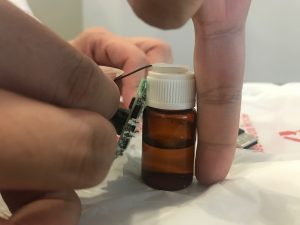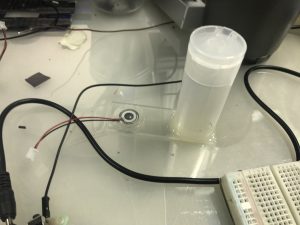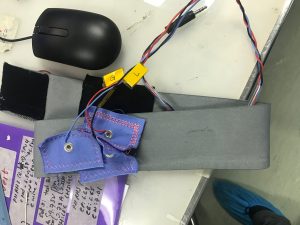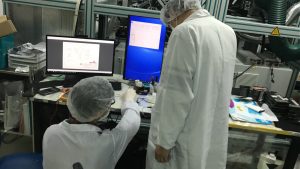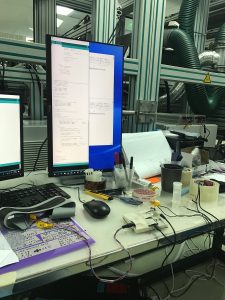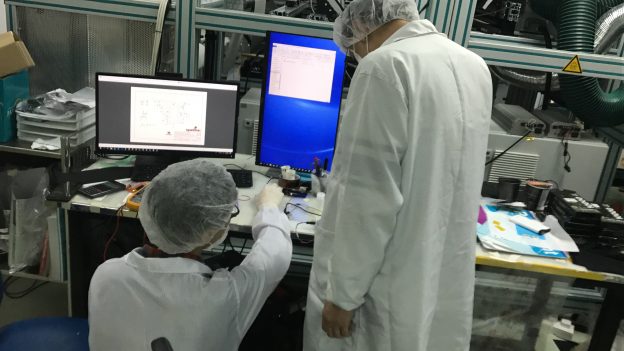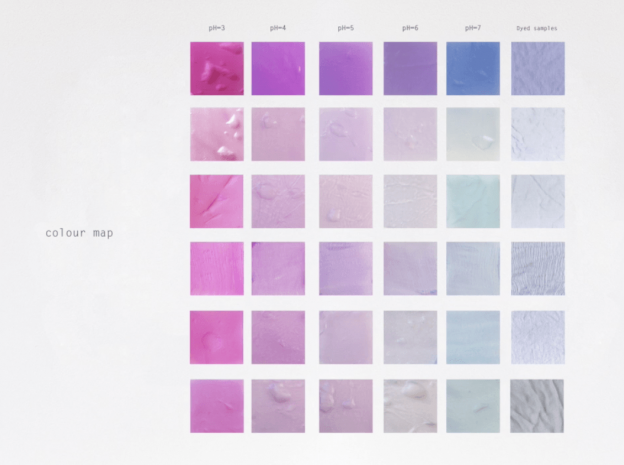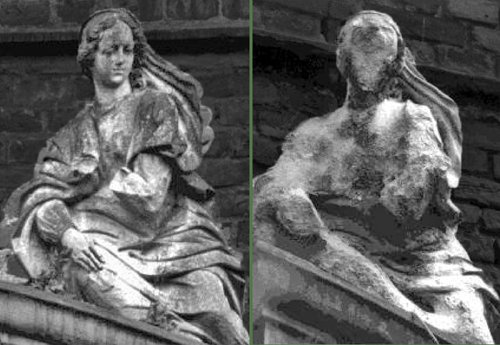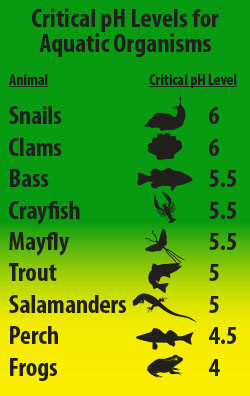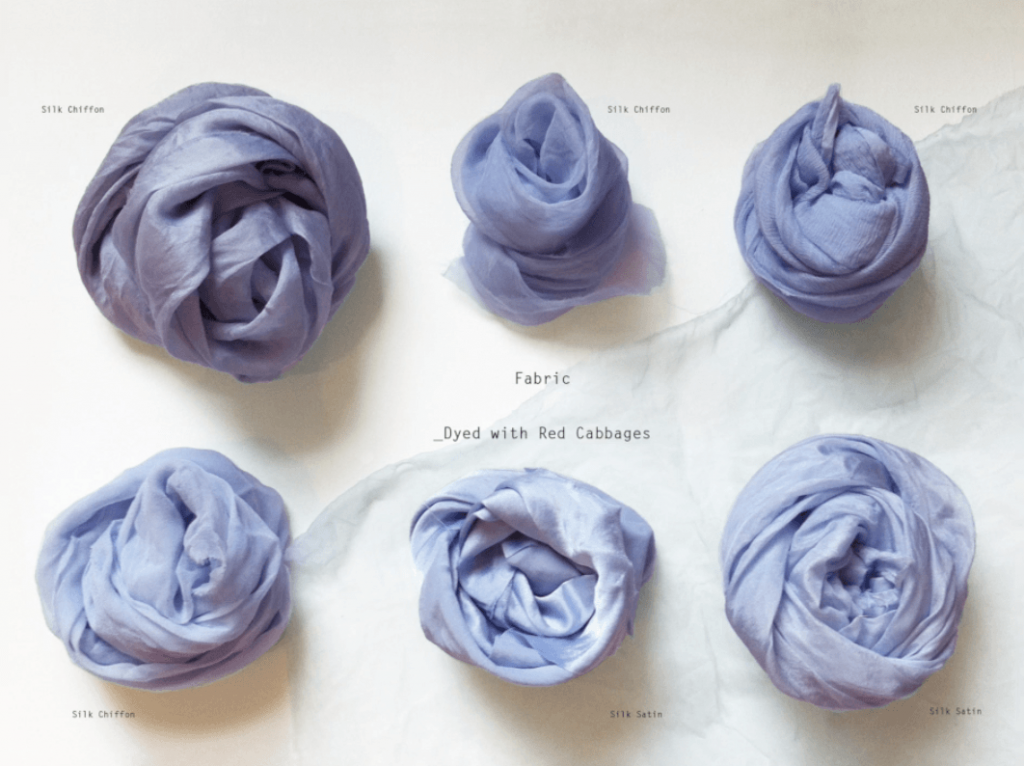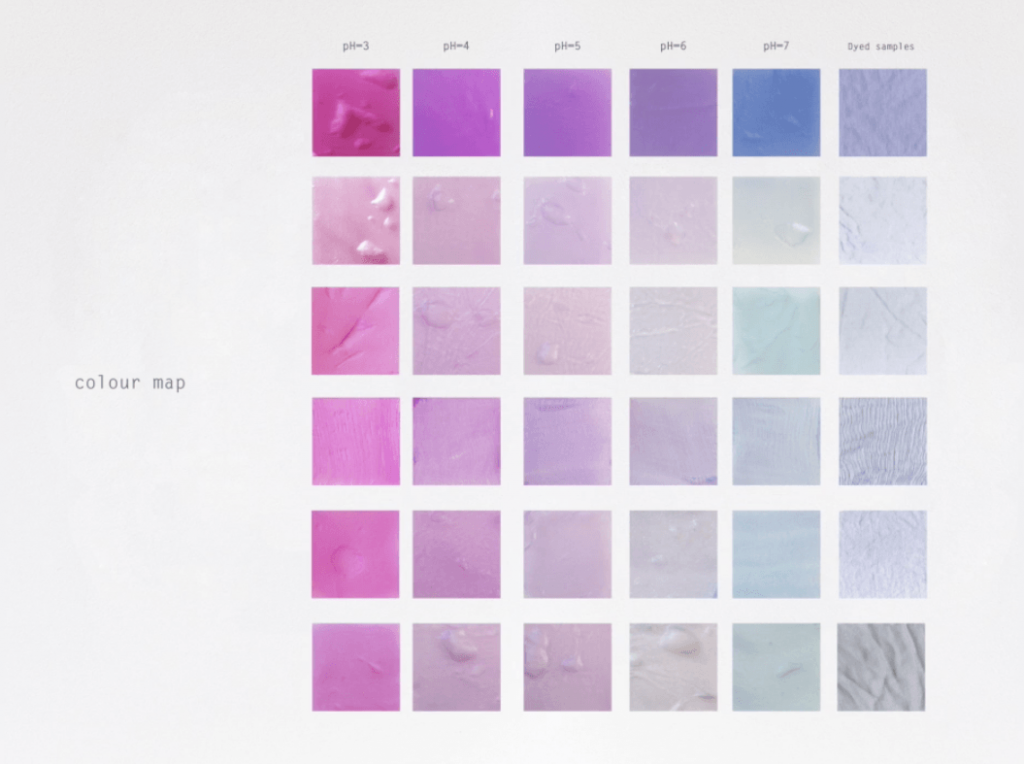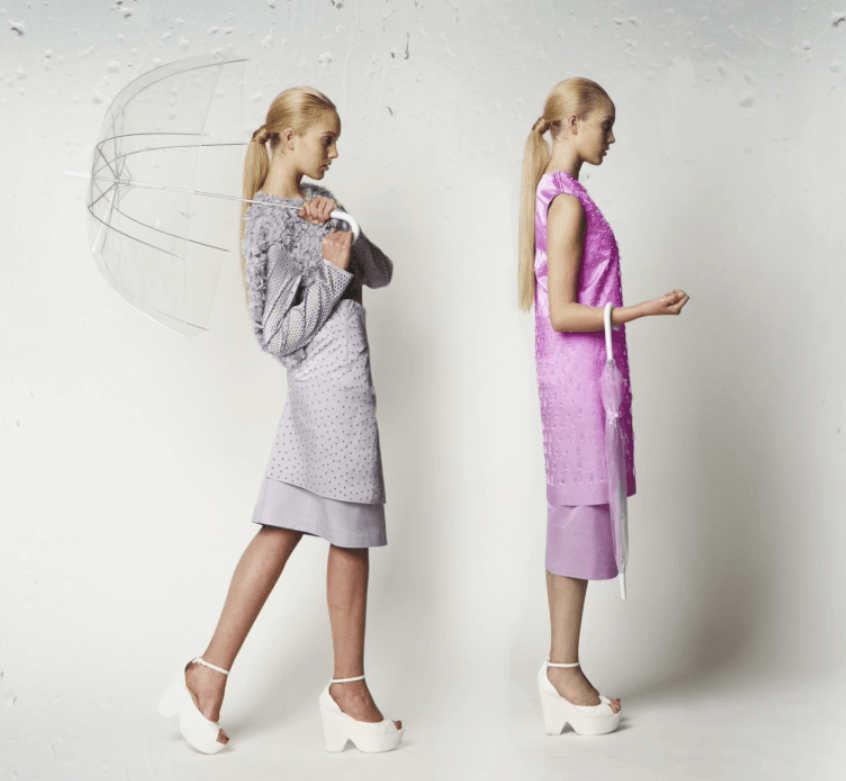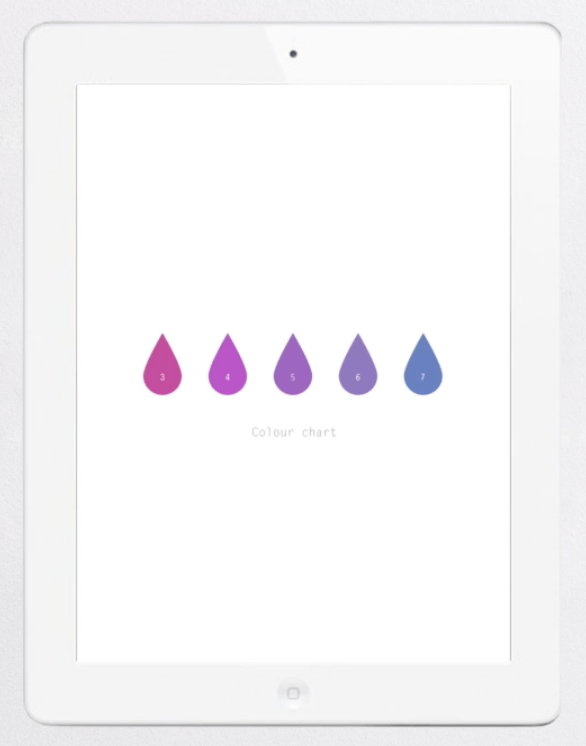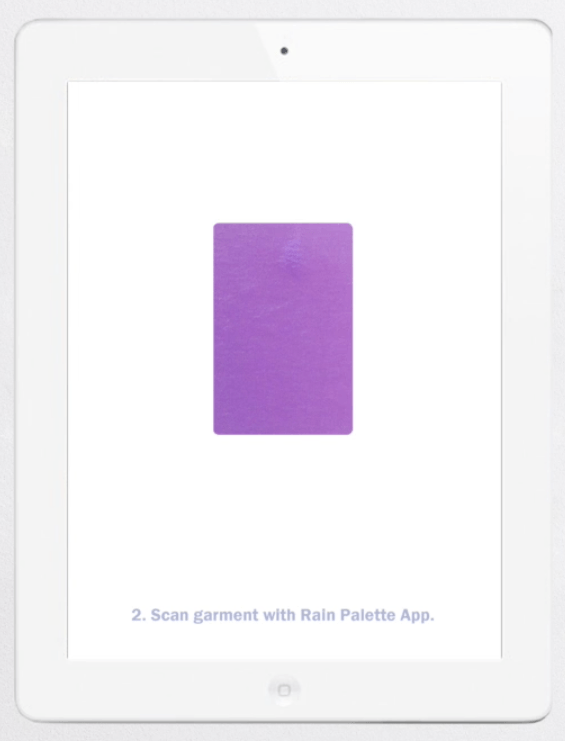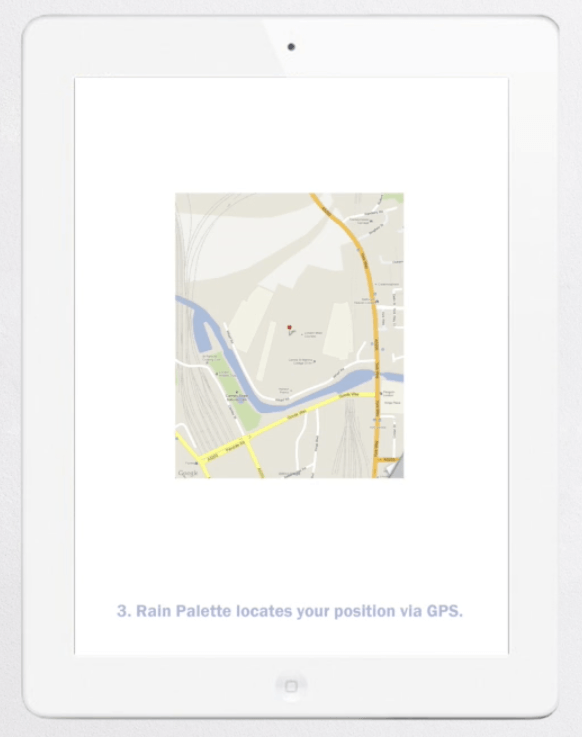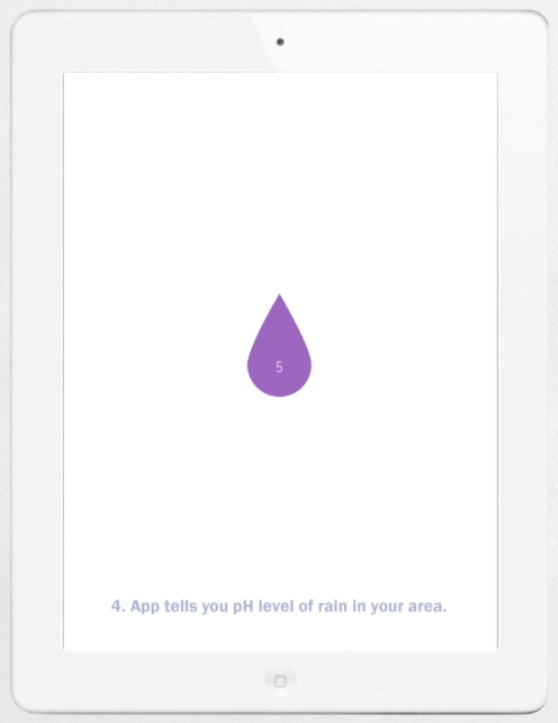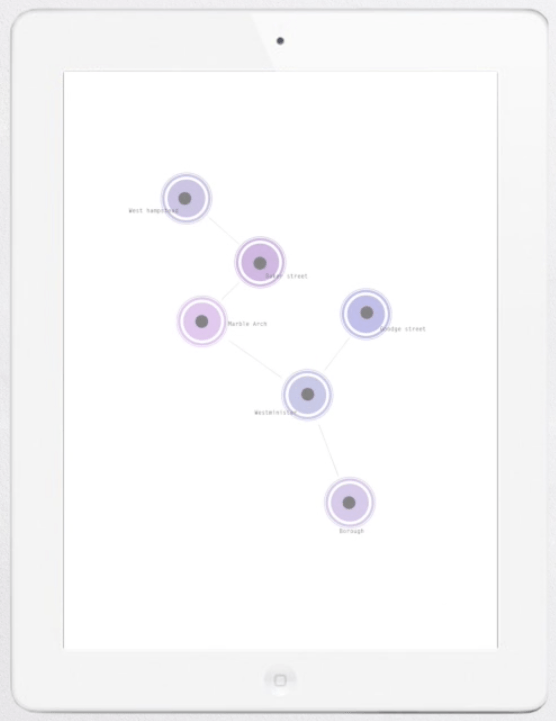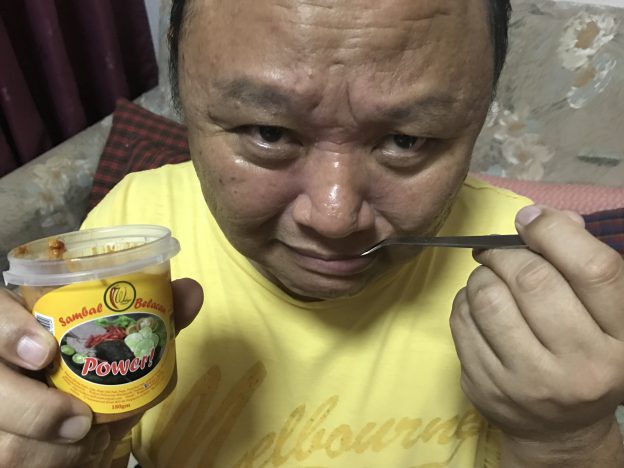I chose the first approach: 1) Have a conversation with someone to find out about their way of life in Singapore
So I’m friends with the roti prata man’s son.
I live in Yishun ever since I was born and growing up I was a kid who always fell sick. Up till now, my immune system always fails me somehow. Feeling sick and with no appetite, I would always want to skip meals. However the only thing that I would always want to eat is roti john.
So after visiting my neighbourhood doctor, I would always go to the nearby indian stall to buy my roti john.
Also, when I’m having bad days…or I’m just having a craving or I’m just plain hungry… the answer is roti john.
So after many years, I am known as the “Roti John Girl” to my favourite Al-Malik Stall. I also have made a real good customer owner relationship with the Roti Prata man and his son as I often bump into them in the neighbourhood or their stall. He even introduced me to his cat that often comes up and down from his house to the stall.
One day in NTU, I was on the way home on bus 179 and guess who I bumped into! Malik! (Al-Malik is named after Malik, the Roti Prata Man’s son)
We talked and it turned out that Malik is studying engineering in NTU as a year 2 student. I was amazed and shocked because I often see him working during the weekends or holidays and he always makes my roti john. And he still has time to study for his exams.
It made me curious about his story as I know that his parents are locals from India. He is truly the nicest, most humble and hardworking person I’ve met and he makes the best roti john that had turned my many bad, sick days around to happy ones.
I have contacted Malik and asked about his story in Singapore.
How his parents started out from India to Singapore. How was his life growing up as the son of the Roti Prata man. His challenges in school, friends…NS..and also the things he enjoyed. The life lessons he learnt and what he thinks about life now and his future ambitions.
I do hope our relationship continues to blossom, and maybe one day he can teach me how to make my favourite roti john.
